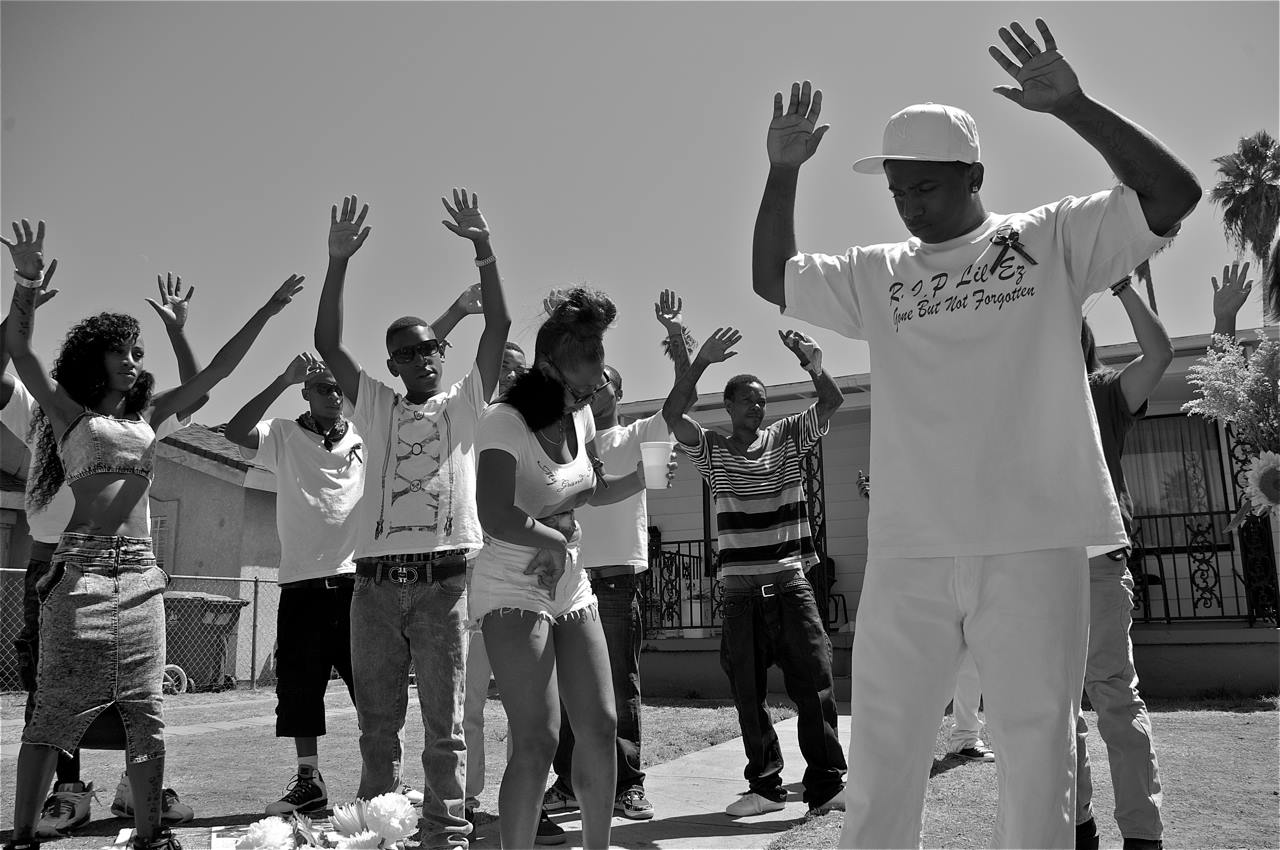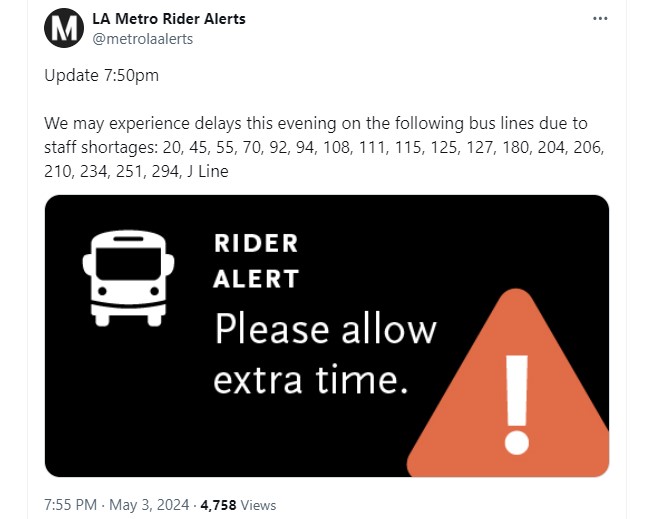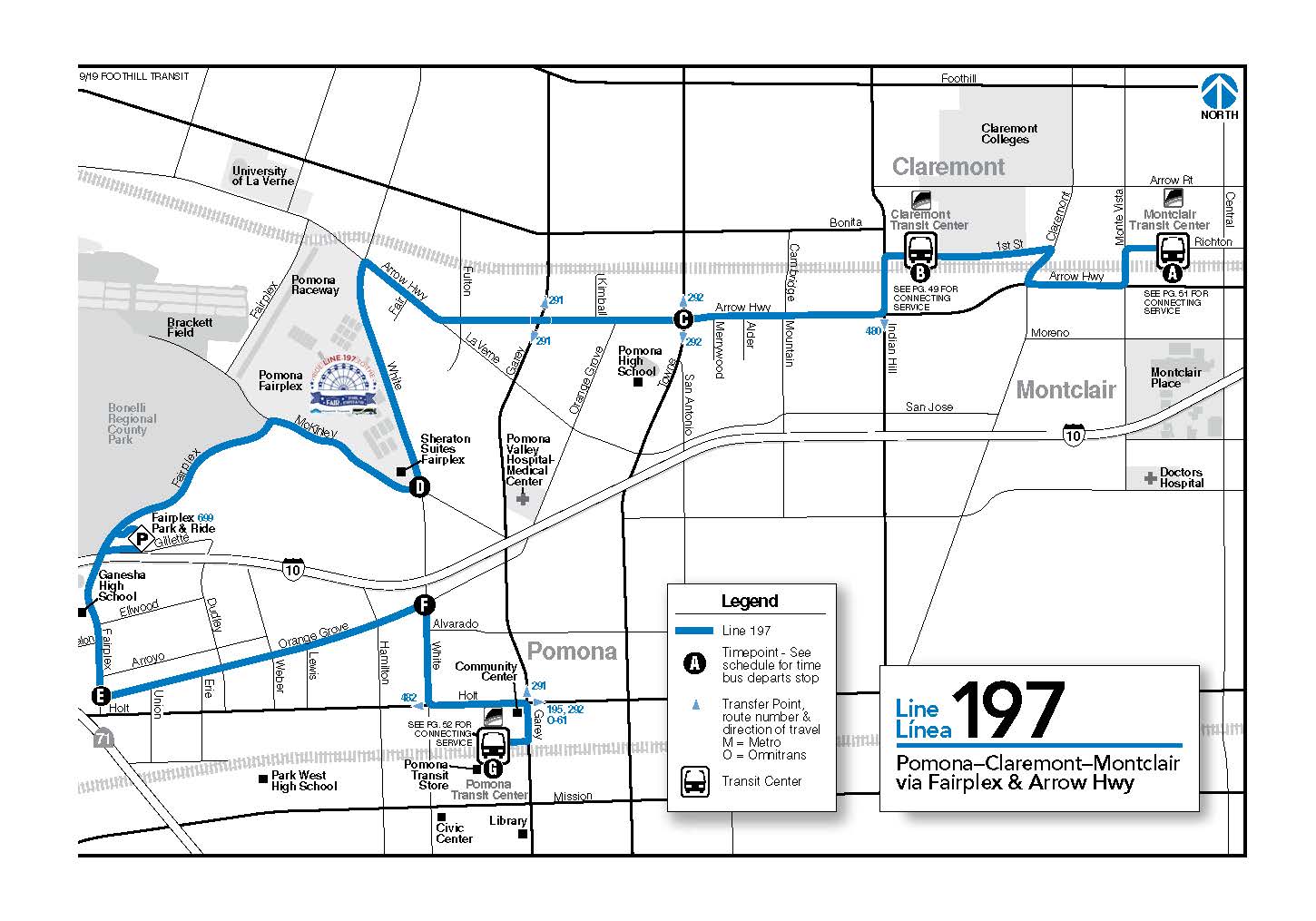Equity 101: Bikes v. Bodies on Bikes
6:05 PM PDT on September 28, 2016

Ceebo Tha Rapper shoots a video near 65th and Broadway, where 25-year-old Ezell Ford was shot and killed by the police, answering critics that thought his first video called for violence against the police. Sahra Sulaiman/Streetsblog L.A.
"Maybe you didn't catch that you jumped into a convo specifically about transportation/police issues?" snarked the self-described "police/community relations specialist" and bike advocate.
I had jumped into the #moveequity twitter conversation to engage the prompt, "How can community groups and residents partner with law enforcement to build trust and create safer, fairer communities?"
I did so specifically because the thread, part of a national Twitter chat hosted by the Safe Routes to School National Partnership last week, was quickly racking up semi-vague statements about the importance of building relationships.
The vagueness was partially due to the fact that you can only go so deep in 140 characters.
But in a week when we had all watched yet two more Black men die in a hail of bullets on our screens, the absence of depth, urgency, and specifics in the conversation felt jarring.
So when I spotted the tweet arguing the best way forward was to "Develop trust and engagement via long-term relationships based on mutual respect. Can't just make demands [of police]," I asked: How exactly do we do that?
In communities where there has never been any sort of trust, where the relationship is so toxic and so suppressive that residents speak of law enforcement as the equivalent of an occupying force monitoring any and all movement through the public space, and where young men join gangs because they feel so vulnerable and unprotected in the streets, how do you begin to undo that harm?
Planners and advocates had to go beyond bike corral projects and barbecues with officers and collaborate with city agencies to transform the culture of policing from the top down, I argued. Preventive police work and meaningful community engagement had to be valued over the number of drug or gun busts. And any and all work had to be grounded in the understanding that the deep distrust stemmed from the suspicion and brutality with which African American and Latino people were regularly treated in the public space, not the fact that they were on bikes when they were mistreated.
"Please go troll someone else," came the reply. "I work every day to make my city better for Everyone. Peace out."
Bikes v. Bodies
Being #AllLivesMatter-ed and subsequently blocked by a bike advocate in a conversation specifically dedicated to transportation and policing was somewhat strange, but not surprising.
There exists a significant chasm within the mobility advocacy community when it comes to issues of equity and justice. At the heart of it lies the question of where one anchors the frameworks that guide their thinking: on the bicycle or on the body moving through space on those two wheels.
Those more aligned with privileged thinking on mobility tend to begin their analyses from the perspective of the bicycle and the ability of the cyclist to navigate said bike along streets safely and without physical impediments.
When the bicycle is the starting point, it is likely to be seen as a vehicle for inclusion and transformation - a means to bring health, joy, a reduction in stress, connection, community, and even opportunity into one's personal life and the life of the neighborhoods one pedals through. As such, bikes and bike infrastructure can be seen as the solution to any number of a city's ills. High obesity rates? It must be the lack of biking and walking infrastructure in lower-income communities. Crime or blight in public spaces? Improvements to infrastructure will mean more eyes on the street. Need an economic boost? Bikes mean business. People are poor and their housing is unaffordable? Parking requirements are overburdening the poor, cars are draining their budgets - they should probably have bikes, bike lanes, and bike-share instead.
Because the bicycle is considered a great equalizer, access tends to be assumed. Questions about barriers to cycling are generally focused on infrastructure, other vehicles on the road, the way that laws regulate the movement of that bicycle through space, the biases inherent in those laws or the enforcement of those laws against pedal-powered vehicles, the privileges enjoyed by cars, and the normalization of bicycling as a form of transportation.
When challenged to think about the body moving through space on that bicycle - the starting point for most folks who work on transportation and mobility through a justice lens - the limitations of a bike-centric approach quickly become apparent. As does the divide between advocacy camps.
That divide was apparent in my tweet chat with the police/community relations specialist. She believed a bike corral built with the help of their local law enforcement agency would help "increas[e] police understanding of people on bikes (many of whom are black/brown) as people worthy of respect."
It's a claim that, again, makes sense when using a bike-centered analysis. Bikes are indeed given less respect than cars as a general rule, and nationwide, law enforcement is notorious for actively impeding bicycles by parking in bike lanes, citing cyclists improperly, and assuming bikes are at fault when collisions occur. And addressing those issues is genuinely important.
If we look at the issue through the lens of the body, however, we tend to begin with questions about the extent to which that individual or group can freely access the public space in the first place.
At that point, an entirely different landscape opens up and it becomes immediately clear that these aren't the only issues people of color face while biking.
Here in Los Angeles, for instance, the bicycle is yet one more excuse to stop a person of color, particularly if they are lower-income, and perform an illegal search or harass them about their destination, their parole or probation status, their job status, what business they have being in the neighborhood, who owns the bike they are riding, or previous arrests.
The presence of a bicycle also makes it easier for an officer to write a bogus citation for some fault with the bike (no lights during the daytime, for example) or the cyclist's handling of the bike that helps justify the harassment and makes it less likely that the recipient will lodge a complaint.
Should one of these citations go unpaid - as many people I've interviewed tell me they often do - that ticket turns into a warrant. Which means that the next time that person is stopped, they risk arrest or receiving yet another citation which increases the likelihood that they will end up in jail at some point down the line.
In short, the bike facilitates harassment and the escalation of the stakes for people of color by making them easy pickings. Since it is rarely the motivation for the stop in and of itself, however, getting a police department to respect bicyclists as a whole still doesn't guarantee that they will respect the actual individuals on those bikes. Until we address the suspicion, fear, disrespect, and overt violence with which law enforcement regularly treats people of color, regardless of their mode of transit, the ability of those folks to safely ride bikes will continue to be limited.
But why stop the analysis there?
Now that we've centered the focus on the body, we might as well continue asking questions about the contexts that individual or group inhabits and passes through. Because suppressive policing hasn't happened in a vacuum.
Historically in L.A., law enforcement was deployed to enforce segregation and police the movement of the Black and brown populations crowded into neighborhoods decimated by red-lining and other discriminatory policies, disenfranchisement, denial of opportunity, and disinvestment. More recently, police have played an indirect role in facilitating gentrification by responding to calls to "protect" wealthier newcomers from "suspicious-looking" lower-income residents of color and monitoring public spaces (and the movement of residents) more closely in gentrifying areas.
Which means new amenities like bike lanes and bike corrals can cause some concern in lower-income communities of color.
Having been denied infrastructure in the past and now presented with "improvements" that don't address or even acknowledge long-standing demands for better infrastructure and community investments, people often ask, "Who is this really for?"
And because the two biggest barriers to accessing the public space in some of these neighborhoods are law enforcement and gangs, a new amenity can seem even more out of place. Particularly if wealthier, whiter newcomers can use it easily, but youth of color still struggle with basic access to the street.
Which may mean that a collaboration on a project like a bike corral, as suggested by the police/community relations specialist, could inadvertently alienate more people of color than it helped, depending on how the project was handled, who was involved, who benefited, and where it was deployed.
Where Advocates Fit in to All This
This might seem like quite a tangent to take in reaction to being whitesplained. But I am often asked how people can begin to think about equity and justice. They're interested in law enforcement issues, or gentrification, or equity in general, they tell me, and they'd like to know more, but have no idea where to begin.
For a person of color or someone who is immersed in these issues and communities, that is a daunting ask. Much of what we speak of comes from having lived at the intersection of several vectors of oppression. Or from the experiences of family and friends. Or from the experiences of the communities we live and work in. These things are lodged in our bones.
Because of this, it is kind of hard to point aspiring equity students in a particular direction. Instead, they are most likely going to be told to start with themselves - to begin by interrogating their own privilege.
There are articles one can read, to be sure (I've even written some of them). But there is no getting around beginning at the beginning: figuring out how to unpack your own privilege. There is no end to asking yourself if the assumptions, experiences, and aspirations you take for granted and that are about tumble out of your mouth really apply universally. And there is no substitute for going out into the world beyond your own to conscientiously explore someone else's.
No one can do that work for you.
But shifting the focus from the bicycle to the body that is moving through space on those two wheels is one way to kick that door ajar.
It allows you to revisit just about everything you were taught in your urban planning program.
It will give you room, for example, to question what "street safety" means to a kid who grew up in a historically disadvantaged community of color where law enforcement is not an ally.
It allows you to ask what it means to do "community engagement" or "place-making" where the community already has a very strong sense of place, but where insecurity in and oppressive policing of the public space meant community had to be built in private spaces.
It helps you think about what kind of parallel programming or investments you may need to consider to ensure an "improvement" does not speed up gentrification and displacement.
And it gives you a way to move beyond bikes and conceptualize "mobility" more broadly, to explore the range of social, economic, cultural, and other barriers to accessibility faced by people from and living in marginalized communities.
Engaging in this kind of exercise - contrary to charges often leveled at equity advocates - does not make you anti-bike or anti-bike lane. What it will do instead is push you to ask yourself if you are truly planning for everyone and what might need to change, if you should find that you are not.
It has long been held in mobility advocacy that making our streets safer for the most vulnerable road users makes them safer for everyone. The traumatic and tragic encounters between law enforcement and people of color unfolding in our streets and on the devices cradled in our hands make that mandate feel more imperative - and often more distant - than ever.
While bike and mobility advocacy is unlikely to resolve this problem on its own, it is clear that the time for a shift in thinking is upon the field. If we are to have any hope of designing safer, more accessible, more just, and more welcoming spaces and communities for all, our analytical frameworks cannot continue to privilege bikes over the bodies that ride them.
Sahra is Communities Editor for Streetsblog L.A., covering the intersection of mobility with race, class, history, representation, policing, housing, health, culture, community, and access to the public space in Boyle Heights and South Central Los Angeles.
Stay in touch
Sign up for our free newsletter
More from Streetsblog Los Angeles
San Fernando Valley Bus/Bike Updates: G Line, Roscoe Bus Lanes, Laurel Canyon Bike Lanes
Short newly protected bike lane on Laurel Canyon Blvd, extensive NSFV bus improvements under construction this month, and scaled-back G Line plans should get that project under construction this summer
No, L.A. City Does Not Always Add Required ADA Ramps During Resurfacing, But They Should
StreetsLA GM Keith Mozee "Any time we do street resurfacing, it is considered an alteration, which requires ADA ramps to be installed."




